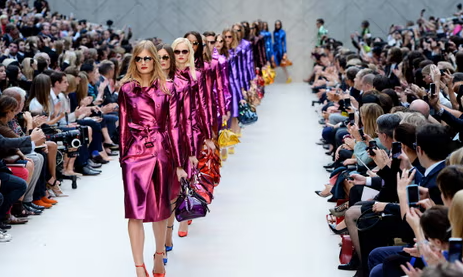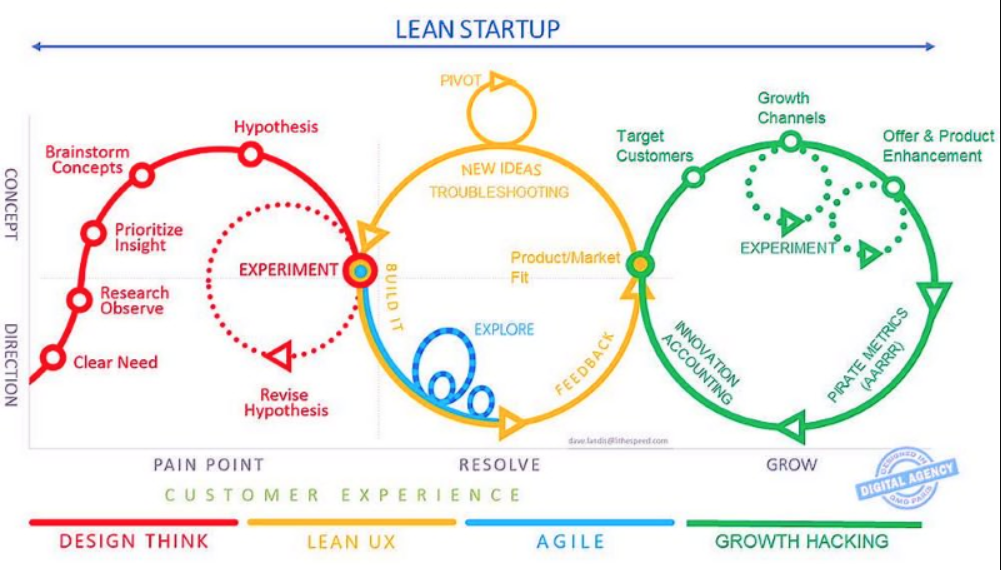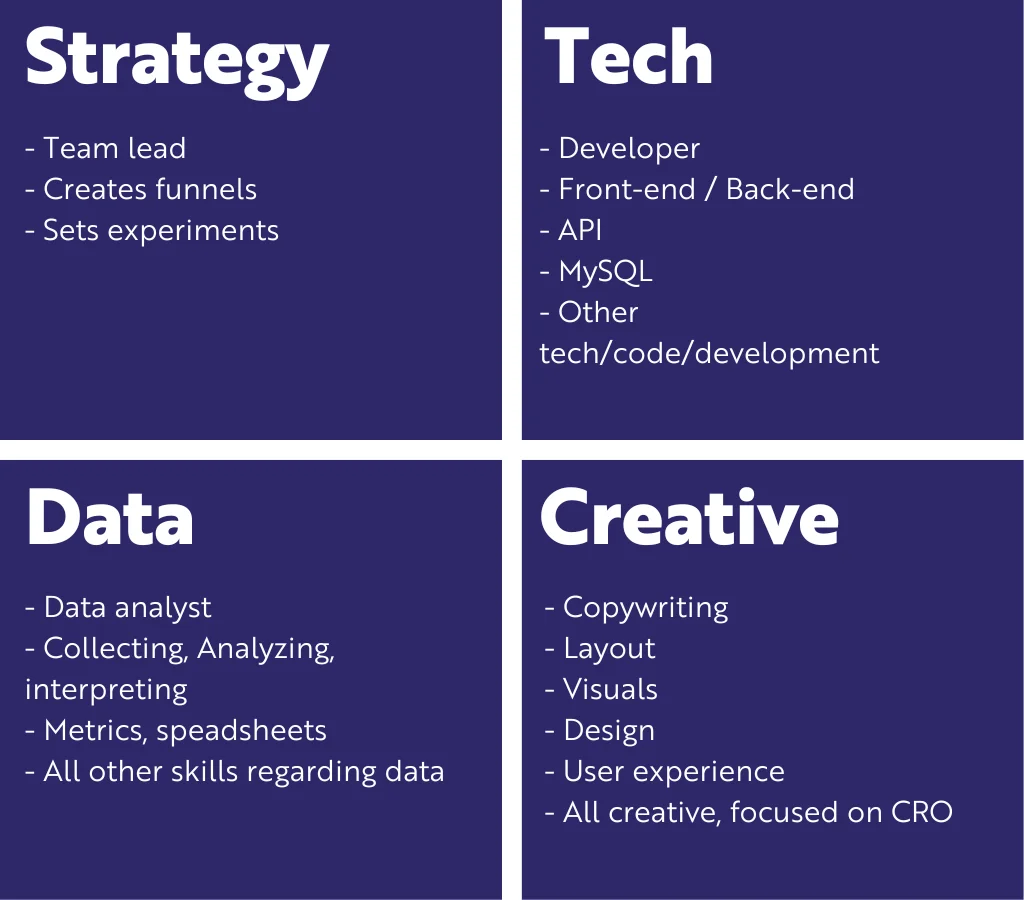
In today’s competitive and ever-evolving fashion market, growth hacking has become an essential tool for brands. It’s all about finding innovative and cost-effective ways to grow your business, increase your audience, and build a loyal customer base. In this article, we will explore 45 top growth hacking strategies that can help your fashion brand achieve success.
Understanding Growth Hacking in the Fashion Industry
Before diving into the various growth hacking techniques, it’s crucial to understand what growth hacking is and why it’s relevant in the fashion industry.
The fashion industry is one of the most dynamic and competitive industries in the world. With new trends and styles emerging every season, fashion brands must constantly adapt to stay relevant and meet the changing needs of their customers. This is where growth hacking comes in.
What is Growth Hacking?
Growth hacking is a marketing technique that focuses on rapid experimentation, continuous testing, and data-driven decision-making to grow a business. The goal is to achieve exponential growth in a short period and with minimal resources. Growth hacking is all about finding innovative and cost-effective ways to acquire new customers, retain existing ones, and increase revenue.
In the fashion industry, growth hacking can involve anything from leveraging social media platforms, such as Instagram and TikTok, to partnering with influencers and bloggers to promote products. It can also include optimizing e-commerce websites for search engines and using email marketing to nurture leads and drive sales.
Why is Growth Hacking Important for Fashion Brands?
In the fashion industry, where trends and consumer preferences change frequently, growth hacking is essential to stay relevant and competitive. By implementing innovative and cost-effective strategies, fashion brands can increase their online visibility, attract new customers, and retain existing ones.
One of the most significant advantages of growth hacking is that it allows fashion brands to test and refine their marketing strategies quickly. By using data-driven insights, fashion brands can identify what works and what doesn’t, and adjust their approach accordingly. This can help them stay ahead of the competition and adapt to changing market conditions.
Another benefit of growth hacking is that it allows fashion brands to reach new audiences and expand their customer base. By leveraging social media platforms and other digital marketing channels, fashion brands can target specific demographics and reach customers who may not have been aware of their products before.
Overall, growth hacking is a powerful tool for fashion brands looking to grow their business and stay competitive in a rapidly changing industry. By experimenting with new strategies and leveraging data-driven insights, fashion brands can achieve exponential growth and build a loyal customer base.
Building a Strong Brand Identity
A strong brand identity is vital for your fashion brand’s growth. It distinguishes you from your competitors and creates a memorable impression in your customers’ minds. In today’s highly competitive fashion industry, it is essential to have a strong brand identity that resonates with your target audience and sets you apart from the rest.
Building a strong brand identity requires a strategic approach and a deep understanding of your customers’ needs and preferences. Here are some tips to help you build a strong brand identity for your fashion brand:
Defining Your Brand’s Unique Selling Proposition
Identify your brand’s unique selling proposition (USP), which sets you apart from your competitors. Your USP can be your product design, quality, pricing, or customer service. It should satisfy your customers’ needs while also reflecting your brand’s values.
For instance, if your fashion brand specializes in sustainable and eco-friendly clothing, your USP could be your commitment to using organic and recycled materials. This sets you apart from other fashion brands that may not prioritize sustainability.

Creating a Memorable Logo and Visual Identity
Design a logo and create a visual identity that aligns with your brand’s values and resonates with your target audience. Your visuals will communicate your brand’s personality and differentiate you from your competitors. Your logo should be simple, unique, and memorable, while also reflecting your brand’s personality.
For example, if your fashion brand caters to young and trendy customers, your logo and visual identity should be vibrant, bold, and eye-catching. On the other hand, if your fashion brand targets a more sophisticated and mature audience, your logo and visual identity should be elegant and refined.
Developing a Consistent Brand Voice
Your brand voice is your tone and style of communication. It should match your brand’s personality and values and be consistent across all channels. Consistent brand messaging helps build trust and familiarity with your customers. A consistent brand voice also helps you establish a strong emotional connection with your customers.
For instance, if your fashion brand aims to empower women and promote body positivity, your brand voice should be empowering, inclusive, and uplifting. This will help you connect with your customers on a deeper level and create a loyal customer base.
In conclusion, building a strong brand identity requires a strategic approach and a deep understanding of your customers’ needs and preferences. By defining your USP, creating a memorable logo and visual identity, and developing a consistent brand voice, you can build a strong brand identity that resonates with your target audience and sets you apart from your competitors.
Leveraging Social Media Platforms
Social media platforms are a powerful tool for growth hacking in the fashion industry. They allow you to connect with your audience, build relationships, and showcase your brand’s personality. With the increasing popularity of social media, it has become essential for fashion brands to have a strong presence on these platforms.
However, just having a presence is not enough. To make the most of social media, you need to have a solid strategy in place. In this article, we will explore some of the most effective social media strategies for fashion brands.
Instagram Marketing Strategies
Instagram is an essential platform for fashion brands. With over 1 billion monthly active users, it provides a massive opportunity to reach a vast audience. To grow your brand’s reach and engagement on Instagram, you need to create a consistent feed that showcases your brand’s personality and values. Your feed should be visually appealing and should reflect your brand’s unique style.
Using hashtags is another effective way to increase your reach on Instagram. Research relevant hashtags and use them in your posts to make your content more discoverable. Collaborating with influencers is also a great way to reach a wider audience. Find influencers who align with your brand’s values and work with them to create content that resonates with your target audience.
Finally, running Instagram ads can be an effective way to reach a highly targeted audience. With Instagram’s advanced targeting options, you can ensure that your ads are shown to the right people at the right time.
Utilizing Pinterest for Fashion Inspiration
Pinterest is a powerful visual search engine, perfect for fashion brands. With over 400 million monthly active users, it provides a massive opportunity to drive traffic to your website. To make the most of Pinterest, you need to create visually appealing boards that showcase your brand’s style and values.
Optimizing your images is also essential to make them more discoverable on Pinterest. Use descriptive file names and alt tags to help Pinterest understand what your images are about. Using keywords and hashtags in your pins and boards can also help drive traffic to your website.
Pinterest can be especially useful for driving traffic to your blog and e-commerce store. By creating boards that showcase your products and linking them to your website, you can drive more traffic and sales.
Engaging with Customers on Twitter
Twitter is a platform for real-time conversations. Engage with your customers, participate in industry chats, and share valuable content to position your brand as a thought leader. Twitter can be a potent tool for market research and customer feedback.
Using Twitter to engage with your customers can help you build stronger relationships with them. Responding to their tweets and messages in a timely manner shows that you value their feedback and are committed to providing excellent customer service.

Participating in industry chats and sharing valuable content can also help position your brand as a thought leader in the fashion industry. By sharing your expertise and insights, you can build credibility and trust with your audience.
Exploring TikTok for Fashion Content
TikTok is a fast-growing social media platform that is perfect for showcasing your brand’s creativity and personality. With over 1 billion active users, it provides a massive opportunity to reach a younger audience.
Creating short videos showcasing your products is a great way to showcase your brand’s style and personality. Collaborating with influencers can also help you reach a wider audience and increase your brand’s visibility on the platform.
Engaging with your audience on TikTok is also essential to building a strong presence on the platform. Responding to comments and messages, and creating content that resonates with your audience can help you build a loyal following.
In conclusion, social media platforms provide a massive opportunity for fashion brands to connect with their audience, build relationships, and showcase their brand’s personality. By using these platforms effectively and implementing the strategies outlined in this article, you can grow your brand’s reach and engagement, and ultimately drive more traffic and sales to your website.
Influencer Marketing and Collaborations
Influencer marketing and collaborations can be a powerful growth hacking strategy for fashion brands. Influencers have a loyal following and can help increase your brand’s reach and engagement.
Identifying the Right Influencers for Your Brand
Research and identify influencers in your niche that align with your brand’s values and target audience. Consider the influencer’s engagement rate, demographics, and overall brand fit before partnering with them.
Establishing Mutually Beneficial Partnerships
Establish a mutually beneficial partnership with influencers that benefits both parties. Consider offering them exclusive discounts, early access to products, and other perks in exchange for promoting your brand.
Measuring the Success of Influencer Campaigns
Track the success of your influencer campaigns by measuring engagement, brand mentions, and traffic to your website. Use this data to refine your strategy and continue to grow your brand.
With these 45 growth hacking strategies, you can accelerate your fashion brand’s growth and achieve success in a competitive market. By staying innovative, experimenting, and continuously refining your approach, you can build a loyal customer base and achieve exponential growth.
